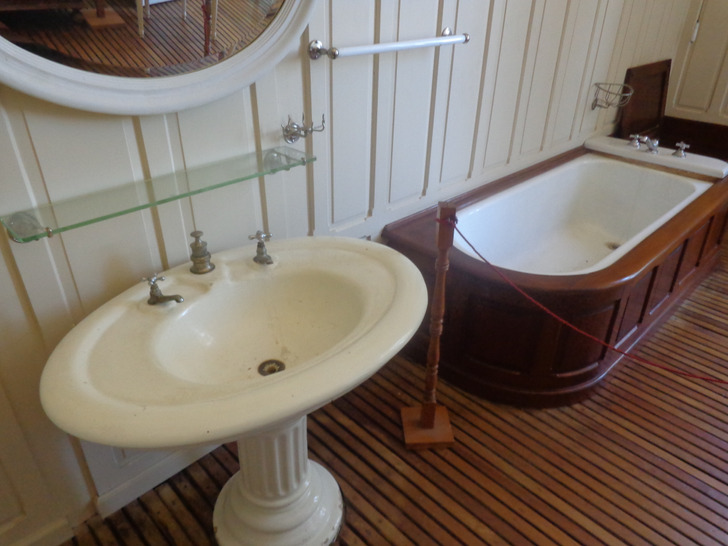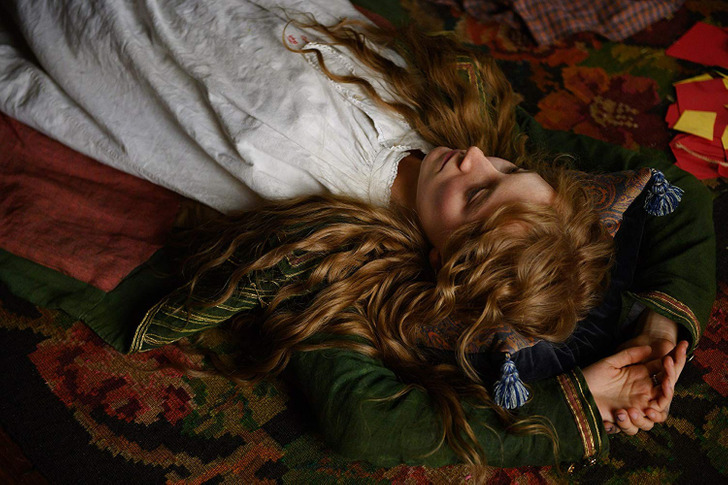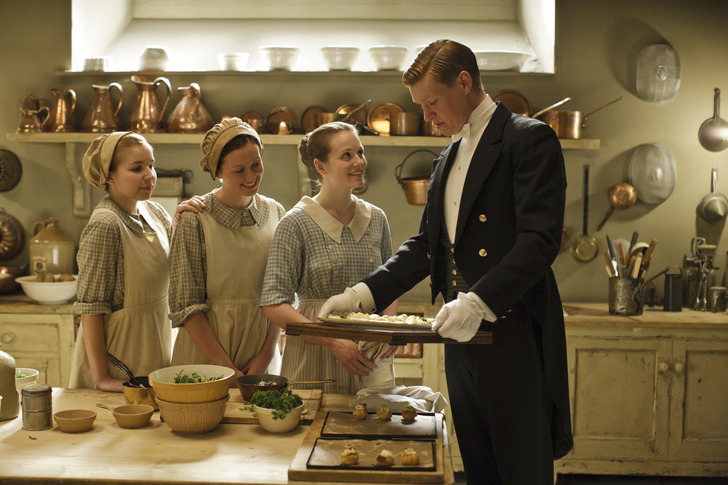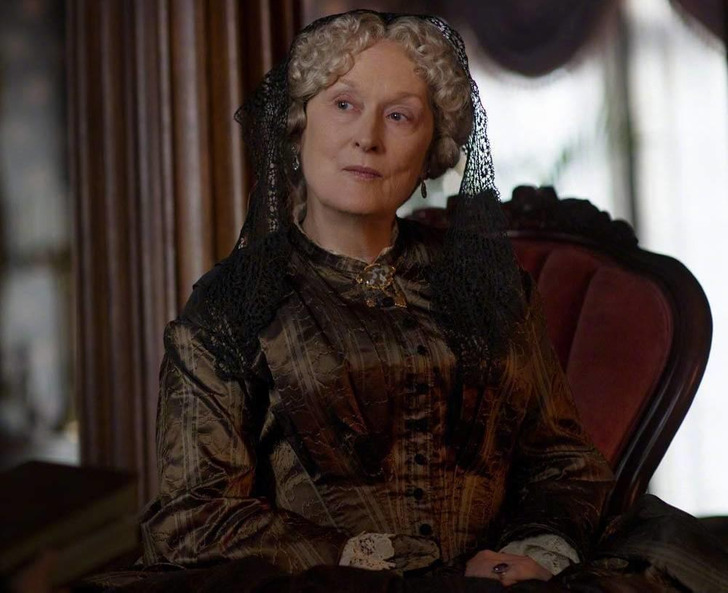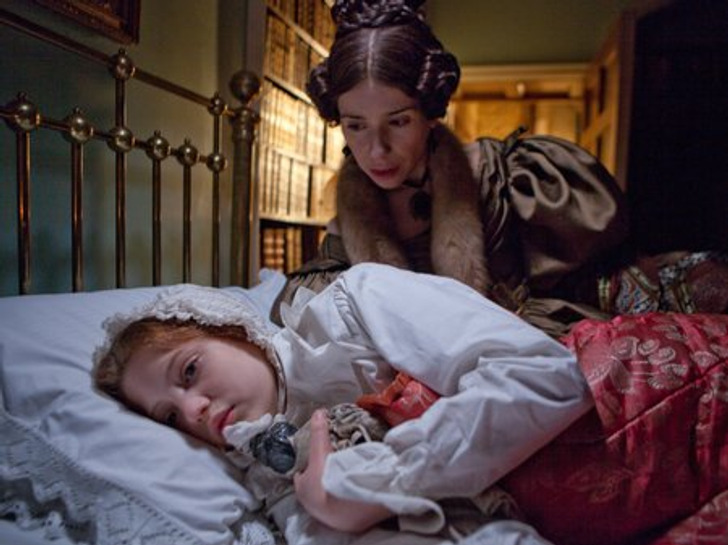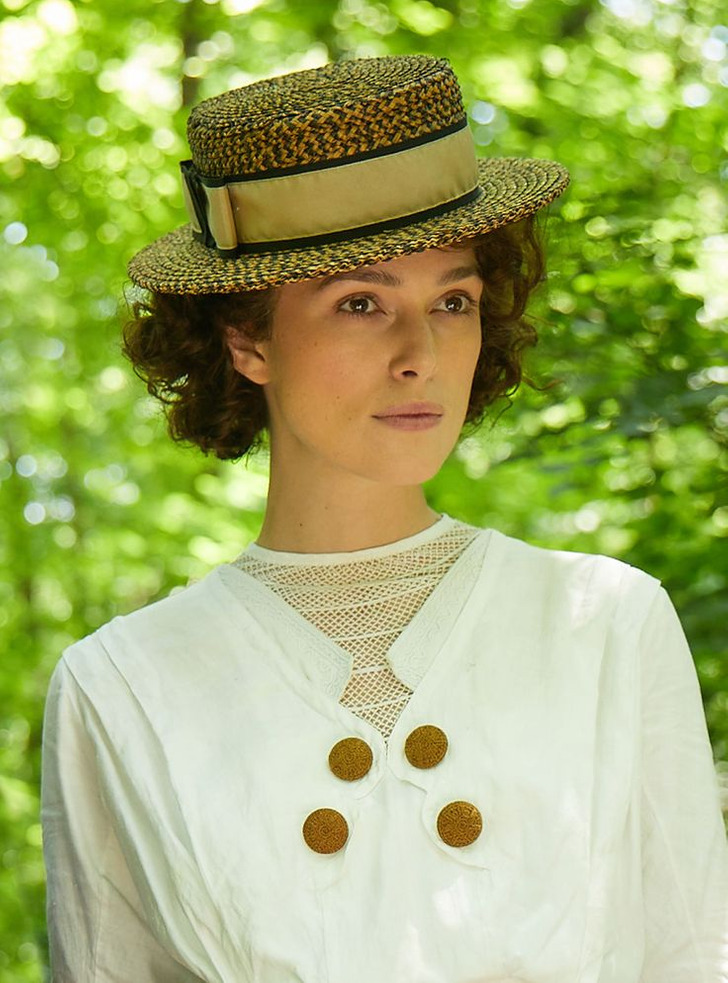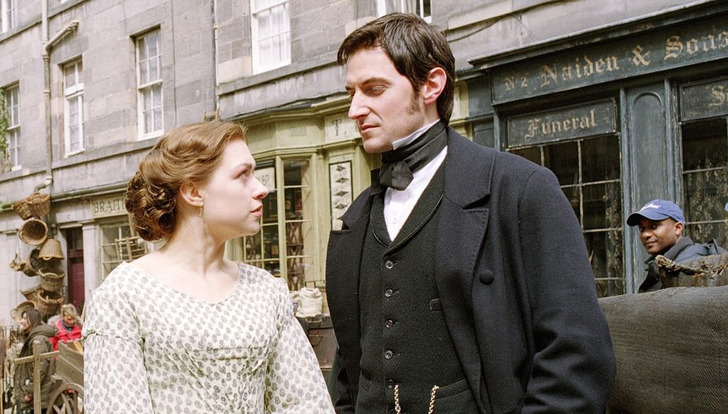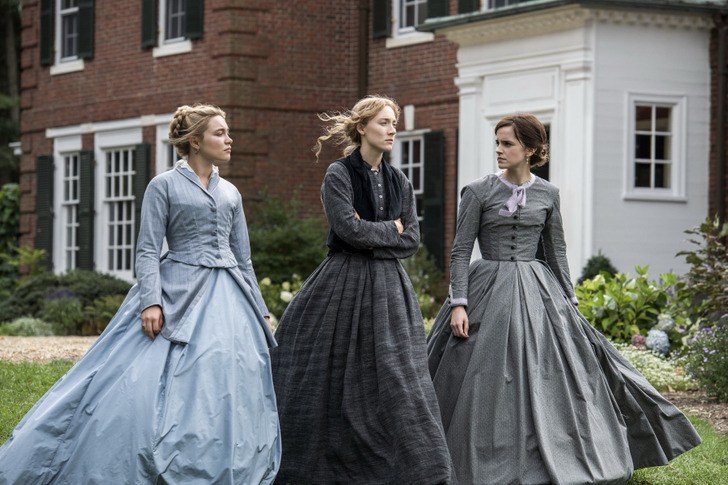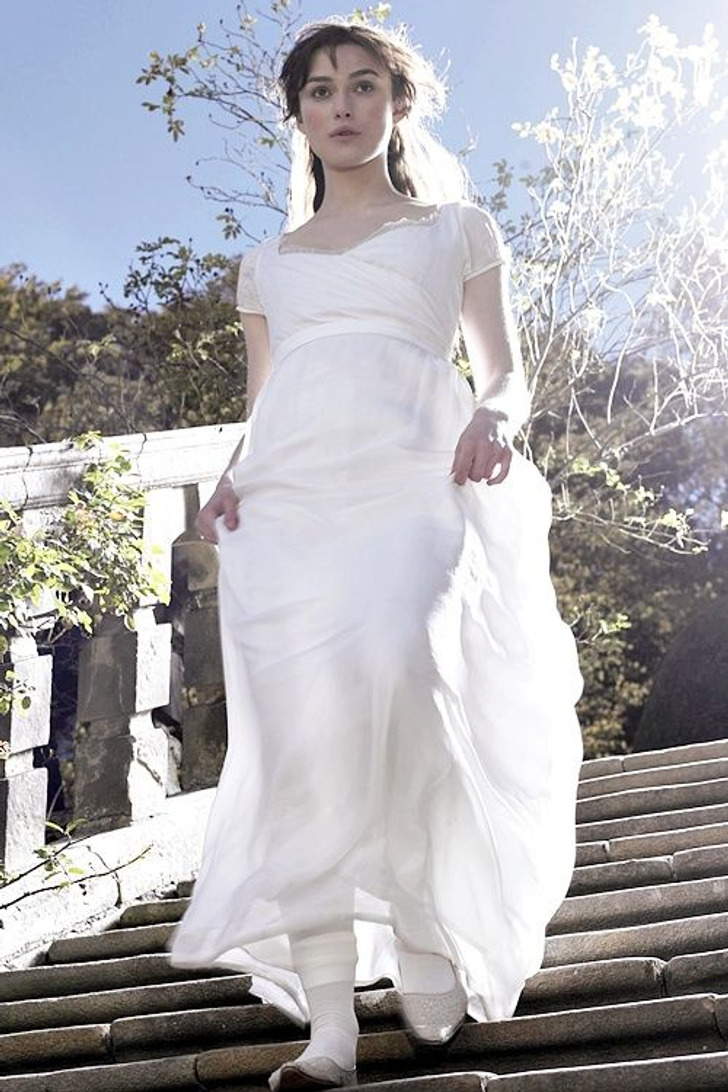So basically doctors were as useful at diagnostic as a 4yr old. I wouldn't mind some sedatives. All I've got to say is I want to lose weight.
12 Facts About Life in the Victorian Era That Startle Us Today

In movies, the 19th century looks very romantic: luxurious dresses, exquisite hats with locks of hair sticking out from them, and gentlemen wearing stylish suits. All these things, of course, existed, but there were also many less attractive but no less fascinating things left off-screen.
People would wash themselves with vinegar.
Doctors oversaw hygiene issues in the 19th century. They advised women to take a warm bath once or twice a month. An excessively high or low water temperature, doctors assured, could cause health problems — from rashes to insanity. During the intervals between their long-awaited baths, women would wash their bodies with a sponge soaked in cool water and vinegar.
They washed their hair with ammonia and onion juice.
People rarely washed their hair because the process was complicated and not very pleasant. Women were advised to dilute pure rubbing alcohol in warm water and then rub it into their scalp and hair. Ammonia, of course, effectively cleansed the hair of dirt, but it also corroded the skin.
There was a less traumatic alternative — onion juice. It didn’t wash the hair as effectively, but some were convinced that the remedy made the locks shiny and contributed to more vigorous hair growth.
They did it all in the kitchen.
Before indoor plumbing became common, people used to bathe in the warmest room of the house — the kitchen. Water would be heated on the stove and poured into a metal tub, and the entire family usually took turns bathing in the same water.
Often, the kitchen was located on the second floor, and heavy buckets had to be carried up there. Not only up, but also down later, to pour out the dirty water.
They would fight wrinkles using meat.
To keep their facial skin as elastic as possible for as long as possible, women used to make masks for themselves before bedtime from thin slices of raw beef. Additionally, during the Victorian era, it was believed that applying any animal fat to the face overnight would restore its youthful elasticity.
Sleep was thought to help with extra weight.
The ideal female body shape was generally considered to be slim but slightly plump. People would fight excess weight with various methods. Doctors recommended drinking water with lemon, and if that didn’t work, taking special medications that often contained life-threatening ingredients.
Another original method that doctors advised was to stand after meals. “A famous doctor said that a person who has the habit of standing for 20 minutes after eating will never become too fat,” newspapers wrote.
Diets were also recommended. Those who followed them were heavily sedated for several days. The logic was that while they were asleep, they didn’t want to eat. The problem was that large doses of sedatives caused serious damage to their health.
Being thin was frowned upon.
Life wasn’t easy for thin women, either. They were recommended to lie motionless in dim light, avoiding any stress and trying to be indifferent to any sensations.
They’d eat sand.
In the 19th-20th century, the idea of cleansing the body became very popular. Some methods were quite peculiar, for example, eating sand.
The leader of the International Health Association, William Windsor, Ph.D., said in 1902, “We do not eat dirt. We do eat sand. It is only round sand that has been carefully selected, cleansed, sterilized, and purified.”
They married their complete opposites.
People didn’t just pay attention to their spouses’ financial situations. It was considered especially good if a potential partner was the complete opposite of the bride in terms of appearance. For example, if a man had dark hair, he was supposed to marry a woman with light hair.
They were active.
Victorians are not just the ladies and gentlemen in expensive and uncomfortable clothes that we see on screen. They also include ordinary working-class people who remain off-screen. And during this period of time, they had to spend a tremendous amount of energy, even on everyday tasks.
Men had to walk up to 10 km just to get to work. Women also spent most of their day on their feet, doing household chores or working in workshops and factories.
They’d carefully hide their appearance “flaws.”
In an era where antibiotics and effective treatments didn’t exist, people suffered from discomfort caused by diseases that we now easily overcome. Furthermore, physical ailments often left noticeable marks on the body, which were considered shameful at the time.
For example, the famous author of On the Origin of Species, Charles Darwin, suffered from skin rashes since adolescence, which caused his lips to swell and his face to turn red. The scientist’s constant shaving irritated his skin, and his wife suggested he grow a beard instead.
Poet Alfred Tennyson’s facial features were distorted due to dental problems, and he too successfully hid it with the help of a mustache and beard.
Long skirts and narrow corsets were blamed for spreading TB.
The methods of disease prevention in the 19th century were quite unusual by today’s standards. For example, one of the main reasons for the spread of tuberculosis was believed to be women’s clothing. Doctors claimed that long skirts dragging on the street picked up infection, and said that women unwittingly brought them back into their homes.
Tight corsets were also considered a cause of tuberculosis, as they compressed the lungs. In order to stop the spread of the disease, skirts were shortened, and corsets were made looser.
Lifting the skirt with both hands was very shameful.
When crossing the pavement, a lady was supposed to raise her dress with her right hand, a little above the ankle. To raise the dress with both hands was considered vulgar and could only be excused when trying to get through mud that was very deep.
Comments
Related Reads
What the Wives of 14 Actors Who’ve Broken Millions of Women’s Hearts Look Like

20 People Whose Major Glow-Ups Will Leave Us Mere Mortals in Awe

15+ Mothers-in-Law Who Can Turn an Ordinary Day Into a Comedy Show

I Refuse to Let My Mother Disrespect My Stepdaughter, Even If It Costs Our Relationship

I Was Shamed for Being a Single Mom — but My Little Girl, 6, Had the Last Word

I Refused to Work on My Vacation, Even Though “Millions Were at Stake”

16 Times a Marriage Proposal Went Hilariously Off-Script

My BFF Invited Me to Her Baby Shower, It Turned Into My Worst Nightmare

12 Stories So Wild They Might Break the Internet

I Refuse to Stay Silent After My MIL Stole My Daughter’s Happiness

I Refused to Let My Husband Be a Birth Partner for His Best Friend, Now I’m the Villain

Mom Decided to Exclude Me From the Inheritance—So I Exposed My Brother’s Secret

